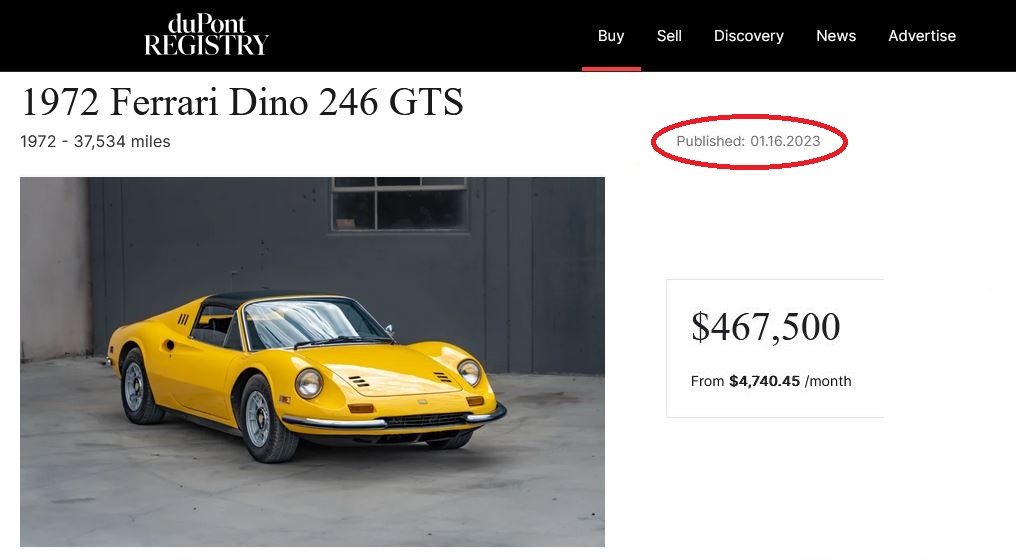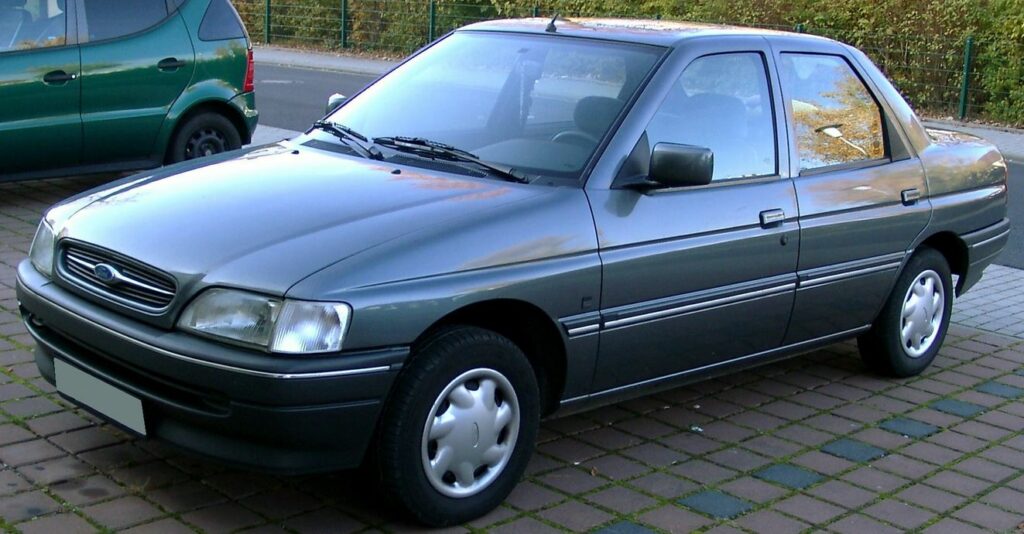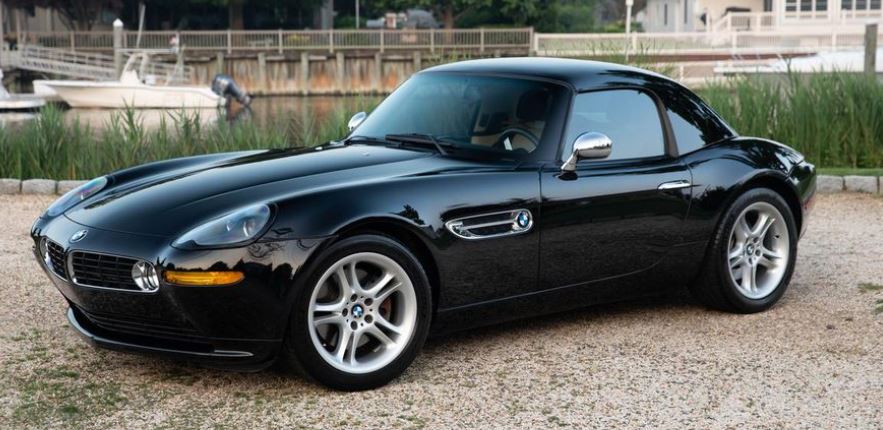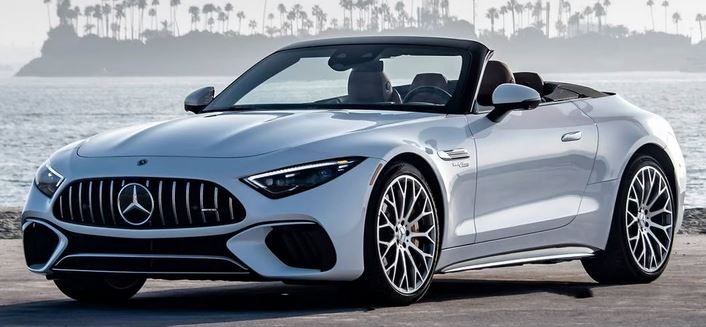When I first visited the U.S. of A. back in 1982 (honeymoon with Wife #1), I decided to do a LONG drive trip around the eastern U.S. — a four-day drive from NYfC to Boston and into New Hampshire and Maine, then back down to Manhattan for a day or two, and then carrying on down to New Orleans, then to Florida (Disney World), and back up the eastern seaboard to NYfC before flying home to the old Racist Republic. The trip ended up taking us just under a month.
Bear in mind that I’d never driven on the right-hand side of the road, and there was no Wayze or GurgleMaps, just a Rand-McNally atlas.
That wasn’t a problem. This was.
In South Africa, there are no concrete roads; all are asphalt, and at least as far as the freeways are concerned, very smooth. Imagine then my surprise when I got to the Greatest Country On Earth, set out on the interstate highways and had to endure three weeks of “ker-chunk-ker-chunk-ker-chunk” as the highway joints chattered away under the tires of the rented Dodge Aries, driving me to near-insanity.
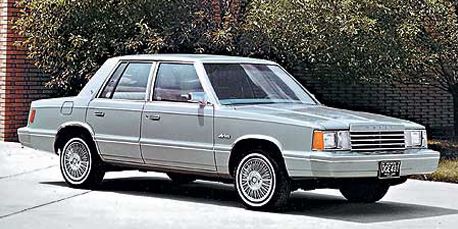
WTF? I’ve heard all the arguments in favor of concrete as a road surface, and none of them make up for the most unpleasant driving experience on Earth. As for the “concrete lasts longer in extreme heat conditions than asphalt” argument, please note that in South Africa (where sweltering heat is not exactly an unknown weather condition) the asphalt roads bear up perfectly well.
Indeed, when I went back to Seffrica back in 2017, I had occasion to drive from Johannesburg to Pretoria and back (about 140-odd miles) on the N3/N1 motorways, which were in perfect condition AND being asphalt, there was no road noise. (Ditto of course in Britishland, where I’d been likewise driving around Hardy Country in a Ford Focus.)
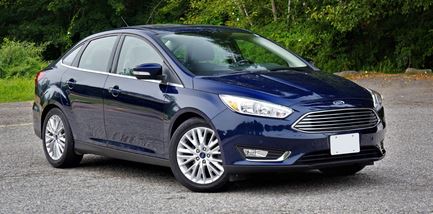
This was brought home to me quite recently when I discovered that Plano has started covering some of our concrete suburban roads with asphalt. The change in the driving experience (and therefore my mood) has been dramatic. My only gripe is that the process isn’t going fast enough, and to my dismay I notice that all the road repairs currently underway [20,000-word rant deleted] are being made by re-laying concrete slabs, rather than just covering the affected areas with asphalt.
Whichever American first made the decision to go with a concrete road surface over asphalt should have been thrown into a revolving concrete mixer for a week.

